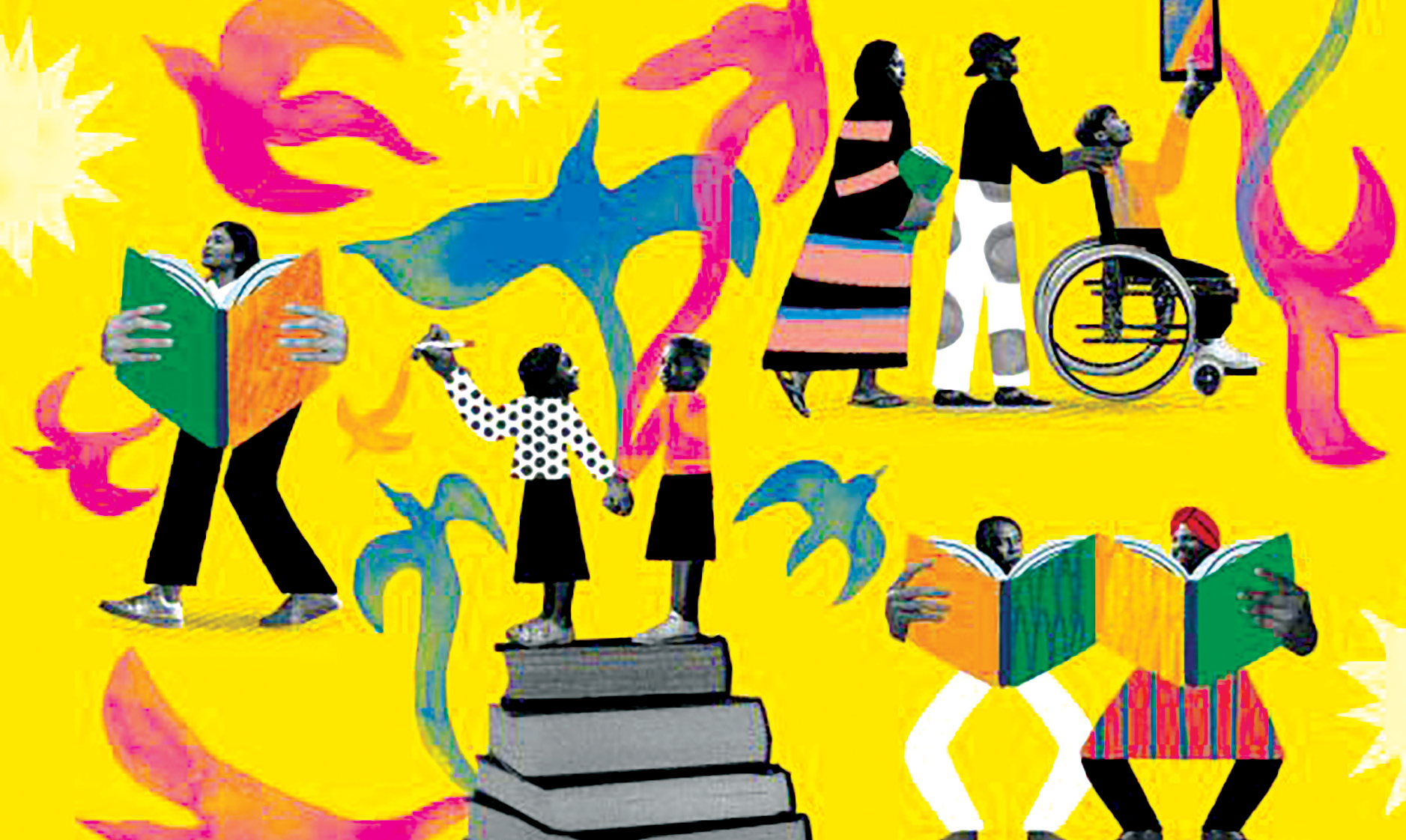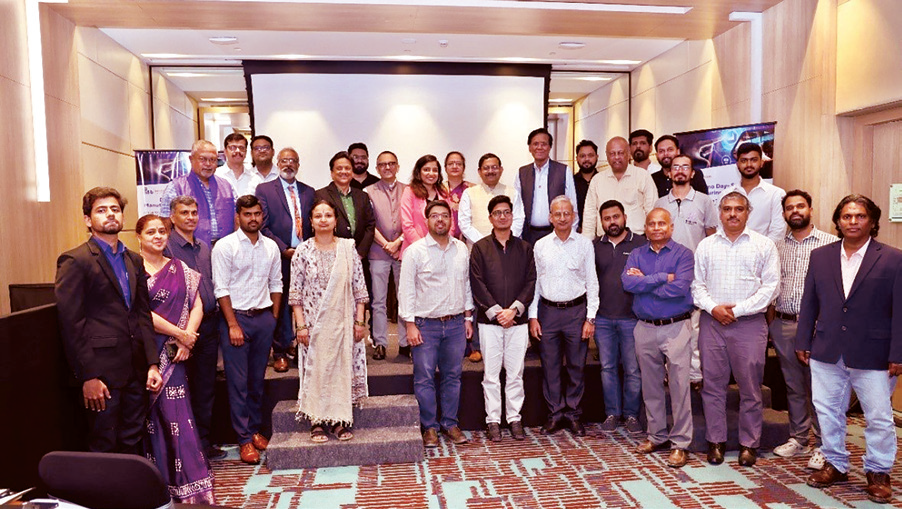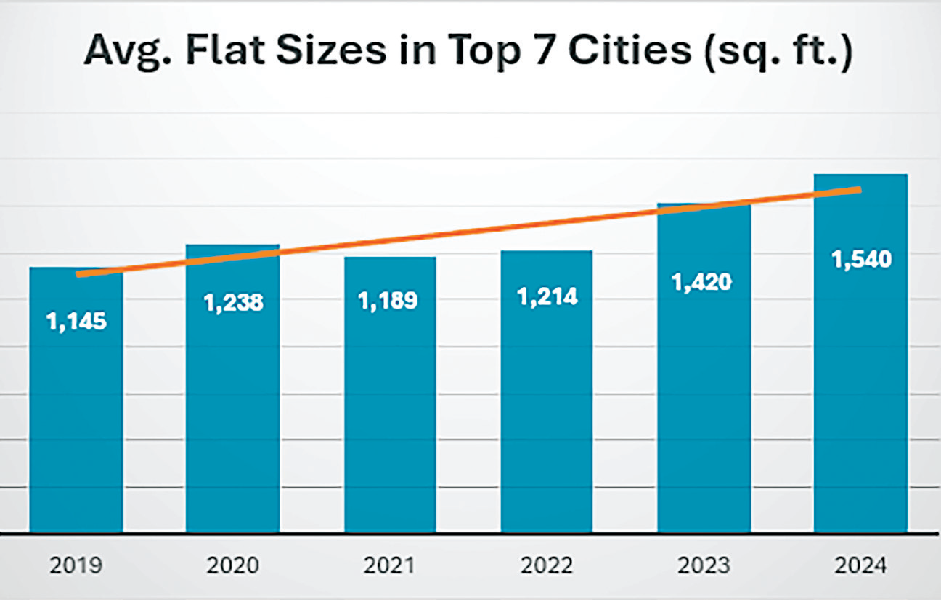
Literacy is Basic Tool for Development
Literacy is the f irst step towards attainment of knowledge. Going by the 2022 figures, at least one out of seven adults aged 15 and above lacks basic literacy skills. If this were taken to be the benchmark, there are 754 million people across the world who cannot read or write and thus the doors of knowledge are closed for them. Why is literacy such a basic necessity? Because, literacy opens the route to knowledge, nurtures values and shapes attitudes, promotes love, respect, tolerance for others, builds solidarity, provides a platform to struggle for equality, justice, acceptance of diversity and thereby fosters hope for a harmonious world.
India has made immense progress in matters of literacy. In 1951, India’s literacy rate was only 18.72%. But by 2011, the literacy rate at all India level was 73% as per the Census figures. However, when we look at literacy rate for men and women, there is some difference. The 2011 Census revealed that 64.63% females were literate while 80.9% males were literate. Similarly, it is not uniform across the states as well. Kerala has been the most literate state since long. In 2011, 96% of males in Kerala were literate while female literacy rate was 92.1%. Bihar was on the lowermost rung of the literacy ladder i.e., male 71.2% and female 51.53%. Literacy is measured through a variety of benchmarks.
One among them is to find the General Enrolment Ratio or GER which indicates how many children between 6-14 years of age are enrolled in schools. During 2014-15, the GER for primary level for males and females was 101.4% and 98.9% respectively. This is an excellent number. But as we go up, the figures plunge. At middle class level (5th to 8th std.) the corresponding figures were 95.3 and 87.7 for females and males. Further on, at higher secondary level (i.e., 11th and 12th std.), these stood at 65.8 and 63.8 per cent. It is a matter of satisfaction that girls are improving their numbers in education.
In matters of University education there were 91 girls for every 100 boys in medicine, 86 girls for every 100 boys in Arts; 72.7 girls for every 100 boys in Science, 67.3 girls for every 100 boys in Commerce. However, in engineering and technical courses this balance gets disturbed as there were only 40.3 girls for every 100 boys. Yet another way to look at literacy development is to collect figures pertaining to those who quit education at various levels. This is called dropout rate. Our Ministry of Education says maximum number of girls and boys drop out of education at the higher secondary stage. This is 17.8% among females and 17.9% among males.
UNESCO is making effort to promote literacy worldwide. It is why it has designated September 8 as International Literacy Day. It works with governments across all nations, NGOs and experts to take literacy to every family. This year, the UNESCO has taken 'Promoting multilingual education: Literacy for mutual understanding and peace' as the theme. It is a well-accepted belief that mother tongue is the best medium for primary education. The learning is easy and fast in mother tongue. But it is also proved through research that a child can simultaneously learn eight languages. It is now thought necessary that one should learn several languages in order to understand people from other communities, states and nations.
It makes more common sense in multilingual India where people speaking and using different languages live together, especially in cities. One might be having Tamil as mother tongue, may be studying in an English or Hindi medium school and conversing to neighbor in Kannada or Telugu.
 English daily published in Bengaluru & Doha
English daily published in Bengaluru & Doha






